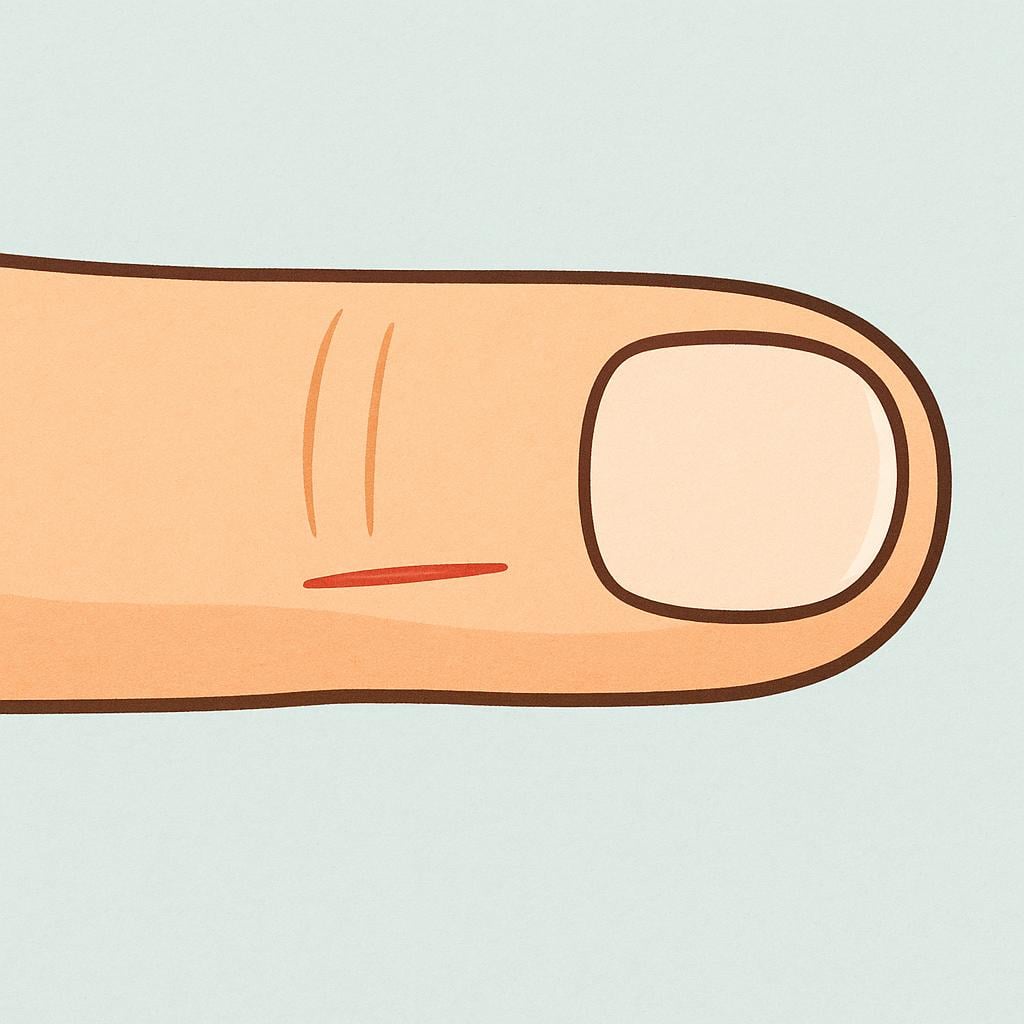
corte
/KOR-teh/
📝 In Action
Me hice un corte en el dedo con un papel.
A2I got a paper cut on my finger.
Necesito un corte de pelo nuevo.
A2I need a new haircut.
Hubo un corte de luz en todo el barrio.
B1There was a power outage in the whole neighborhood.
Me gusta el corte de ese vestido, es muy elegante.
B2I like the cut of that dress, it's very elegant.
⭐ Usage Tips
One Word, Many Kinds of 'Cuts'
Think of 'el corte' as any kind of separation or interruption. It can be physical (a cut on your skin, a haircut), a style (the cut of a jacket), or an interruption of service (a power cut).
✏️ Quick Practice
💡 Quick Quiz: corte
Question 1 of 2
Which sentence correctly uses 'corte' to talk about a haircut?
📚 More Resources
Frequently Asked Questions
Why is 'corte' sometimes masculine ('el corte') and sometimes feminine ('la corte')?
It depends entirely on the meaning! Use 'el corte' (masculine) when you mean a physical cut, a haircut, a style, or an interruption like a power outage. Use 'la corte' (feminine) when you are talking about a legal court (like the Supreme Court) or a royal court.
Is 'corte' a verb?
Not on its own. It's a specific form of the verb 'cortar' (to cut). You use it for formal commands (like telling a boss or stranger 'Corte aquí') and in special sentence structures that express desire, doubt, or opinion (like 'Espero que él corte el césped'). The base verb is always 'cortar'.